UPDATE | 2022年12月01日
いつの間にか季節は秋から冬へと移り変わり、日に日に寒くなってきましたね。 みなさんの国では寒い冬の時期をどのように過ごしますか? 日本には昔から、寒い時は温泉に入って温まるという習慣があります。 今回は日本の温泉文化について紹介したいと思います。
INDEX
日本と言えば温泉を思い浮かべる人も多いかもしれませんが、実際には日本にどのぐらい温泉があるのでしょうか。
現在、日本には3,000の温泉地があり、源泉地(地面から温泉が湧き出る場所)は2万7千ほどあると言われています。
日本の地形は火山帯の上に位置していることもあり、世界にある活火山の約7%の火山が日本に集中しています。
火山の近くで降った雨や雪の一部は、地下に染み込んで地下水になります。その地下水が火山の下にある1,000℃以上もあるマグマの熱によって温められて、湧き出してきたものが温泉になります。
温泉の起源に関してはいろいろな説があり、はっきりとわかっていませんが、今から約1,300年前の奈良時代の書物にはすでに温泉についての記述があったそうです。
日本では昔から、温泉に入って病気やけがの回復を早めるという「湯治(とうじ)」という考え方があります。
古代ギリシアやローマ帝国など、ヨーロッパにも長い湯治の歴史があるように、医療が発達していなかった時代の人たちにとって温泉は万能薬のような存在でした。
日本では7世紀ごろから皇族を中心に湯治が取り入れられるようになり、その後、少しずつ各階層の人々にも普及していったと言われています。
また、日本で禅宗が広まった際に、日本全国を行き来する禅僧たちによって湯治文化が広められたとも言われています。
江戸時代以降は湯治の目的だけではなく、交流の場所として気軽に温泉を楽しむ人が増えました。
現在は、日常を忘れてリラックスするために温泉を訪れる人が多いです。
[PR]
日本で初めて温泉に入る時に困らないように、基本的な温泉のマナーとルールを確認しておきましょう。
最近では海外の方も安心して入れるように、イラストつきで英語や中国語など多言語で説明が書いてあるところも増えています。
①お湯に入る前に必ず「かけ湯」をして身体をきれいにする。
②髪が長い人は、お風呂の中に髪が入らないように頭の上でまとめてくくる。
③タオルはお風呂の中に入れないようにしましょう。
④お風呂の中で泳いだり大声で話したりすると他の人の迷惑になります。
⑤浴室から出る時はしっかりタオルで身体をふきましょう。
⑥入浴前にお酒をたくさん飲むと倒れる可能性があるので、飲みすぎ注意。
⑦脱衣所や浴室の中で携帯電話やカメラは使ってはいけません。
⑧浴室で髪を染めたり、洗濯したりしてはいけません。
基本的なルールは大体このぐらいですが、場所によってそれぞれ独自のルールを設けているところもあります。
小さいタトゥーであれば絆創膏(ばんそうこう)などで隠せばOKですが、背中や腕など目立つところにタトゥーがある場合は断られることもあります。
公共の温泉に入れない場合は、プライベート温泉がある宿泊施設を選ぶようにしましょう。




大阪出身のフリーランス日本語教師兼ローカルガイド。2020年に京都の魅力にハマり、2021年に移住。現在はプライベートレッスンをメインに日本語を教える傍らライティングや中日翻訳校正、オンライン体験などを企画運営している。
[PR]
[PR]